Have you ever wondered which nation took the groundbreaking step of introducing paper money into circulation?
Join us on a journey through history as we unveil the intriguing story of the first country to use paper money, a revolutionary leap in the evolution of currency.
China’s Bold Venture into Paper Currency
Contrary to popular belief, it was ancient China that led the way in adopting paper money.
Dating back to the Tang Dynasty (618-907 AD), the Chinese government, recognizing the challenges of carrying heavy metal coins, issued the earliest known paper currency called “jiaochao.”
1st paper money: jiaochao
These notes were initially used for merchants engaged in long-distance trade, providing a more convenient and efficient medium of exchange.
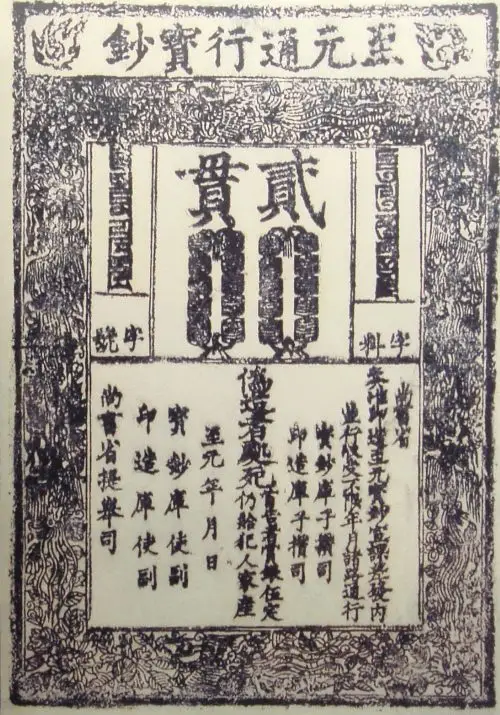
The Ingenious Concept of Representative Money
The introduction of paper money in China marked a shift from tangible currencies like metal coins to representative money. Initially, these notes were backed by valuable commodities such as precious metals or silk, establishing a novel concept where the paper represented a claim on a commodity held in reserve. This innovative approach laid the foundation for the modern fiat currency systems we use today.
The Silk Road’s Influence and Beyond
The use of paper money along the Silk Road facilitated trade and economic growth, making its way into neighboring regions and civilizations. By the 13th century, during the Yuan Dynasty, Kublai Khan officially adopted paper currency as the primary medium of exchange, solidifying its place in the economic landscape.
European Adoption and the Renaissance
While China pioneered paper money, Europe took time to embrace this revolutionary concept. In the 17th century, Sweden became one of the first European nations to issue banknotes.
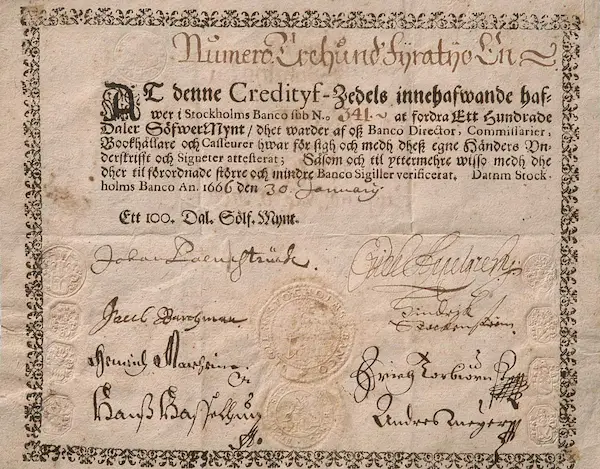
However, the widespread adoption of paper currency in Europe occurred later, with the establishment of the Bank of England in 1694 marking a significant milestone.
Evolution from Representative to Fiat Currency
Over the centuries, the nature of paper money evolved. The transition from representative money, backed by tangible assets, to fiat money, deriving its value from government decree, marked a transformative phase.
This evolution, influenced by economic theories and changing financial landscapes, contributed to the complex monetary systems we navigate today.
In the contemporary era, nearly every country around the globe has embraced paper money as a standard form of currency. The convenience, portability, and adaptability of paper currency have played a pivotal role in shaping the modern financial systems we rely on for daily transactions.
Conclusion and reflection:
As we reflect on the journey of the first country to use paper money, it becomes evident that China’s innovative leap continues to resonate through the corridors of economic history of paper money.
From the early days of jiaochao to the intricate banknotes we use today, paper currency stands as a testament to human ingenuity and adaptability in the realm of finance. The legacy of this pioneering concept endures, reminding us that the evolution of currency is a dynamic and ever-unfolding narrative.
Related posts:

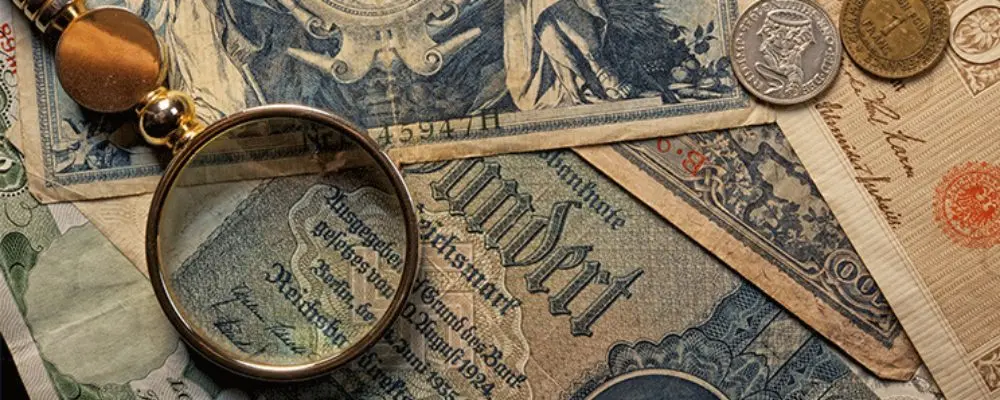
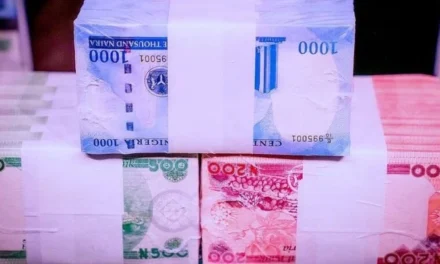


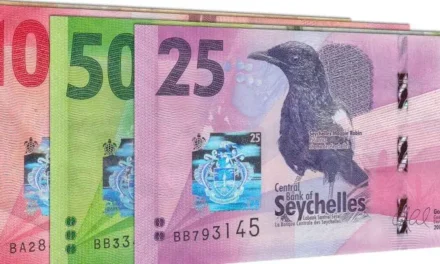

Trackbacks/Pingbacks